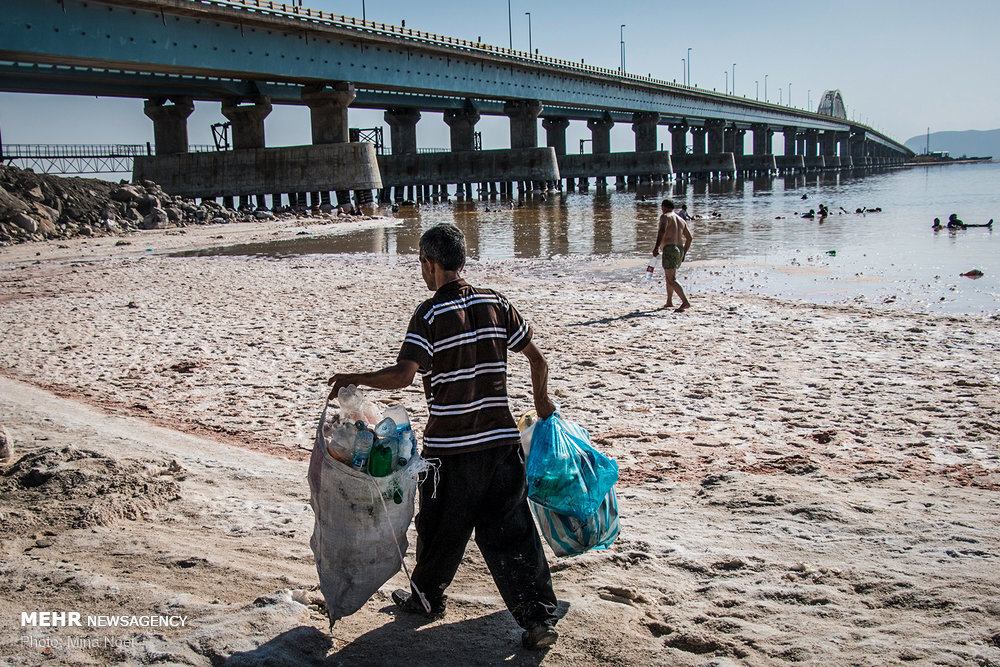Some $10m allocated to Lake Urmia revival plan

TEHRAN – A budget of 3 trillion rials (about $10 million) has been allocated to accelerate the progress of the Lake Urmia restoration program.
Shared between East Azarbaijan and West Azarbaijan provinces in northwest Iran, Lake Urmia, was once the most extensive permanent hypersaline lake in the world. Unsustainable water management in response to increasing demand together with climatic extremes has given rise to the lake's depletion during the last two decades.
The budget has been paid to the ministries of energy and agriculture in order to expedite the restoration plan.
The lake’s restoration program was established in 2013 and aims to restore the lake within a 10-year program. The contribution is being implemented as a component of UNDP’s ongoing Conservation of Iranian Wetlands Project – a joint project between Iran’s Department of Environment and UNDP.
The budget has been paid to the ministries of energy and agriculture in order to expedite the restoration plan, IRIB quoted Mohammad-Sadeq Motamedian, the governor-general of West Azarbaijan province, as saying.
If related water transfer and agriculture projects are implemented successfully, more than one billion cubic meters of water will be poured into the lake annually, he stressed.
Researchers have realized that the situation of Lake Urmia in the last 20 years is not fully related to lack of rainfall, which shows that the share of human factors has been higher.
Paleontological studies conducted by two Iranian researchers at the University of Miami on Lake Urmia show that even when the rainfall was 180 mm, the lake did not dry up, and this shows that the lake’s condition in recent years has been affected by human factors.
The share of natural factors in the drying of Lake Urmia is 31 percent, which includes an 18 percent decrease in rainfall and a 1.5-degree increase in temperature in the last two decades compared to the long term, and the share of human factors is 69 percent, which includes agricultural development and construction of dams and extraction from groundwater sources.
The amount of water consumption in the Urmia catchment area for the agricultural sector is 4,699 million cubic meters and the consumption for drinking, health, and industry is 588 million cubic meters.
MG

Leave a Comment